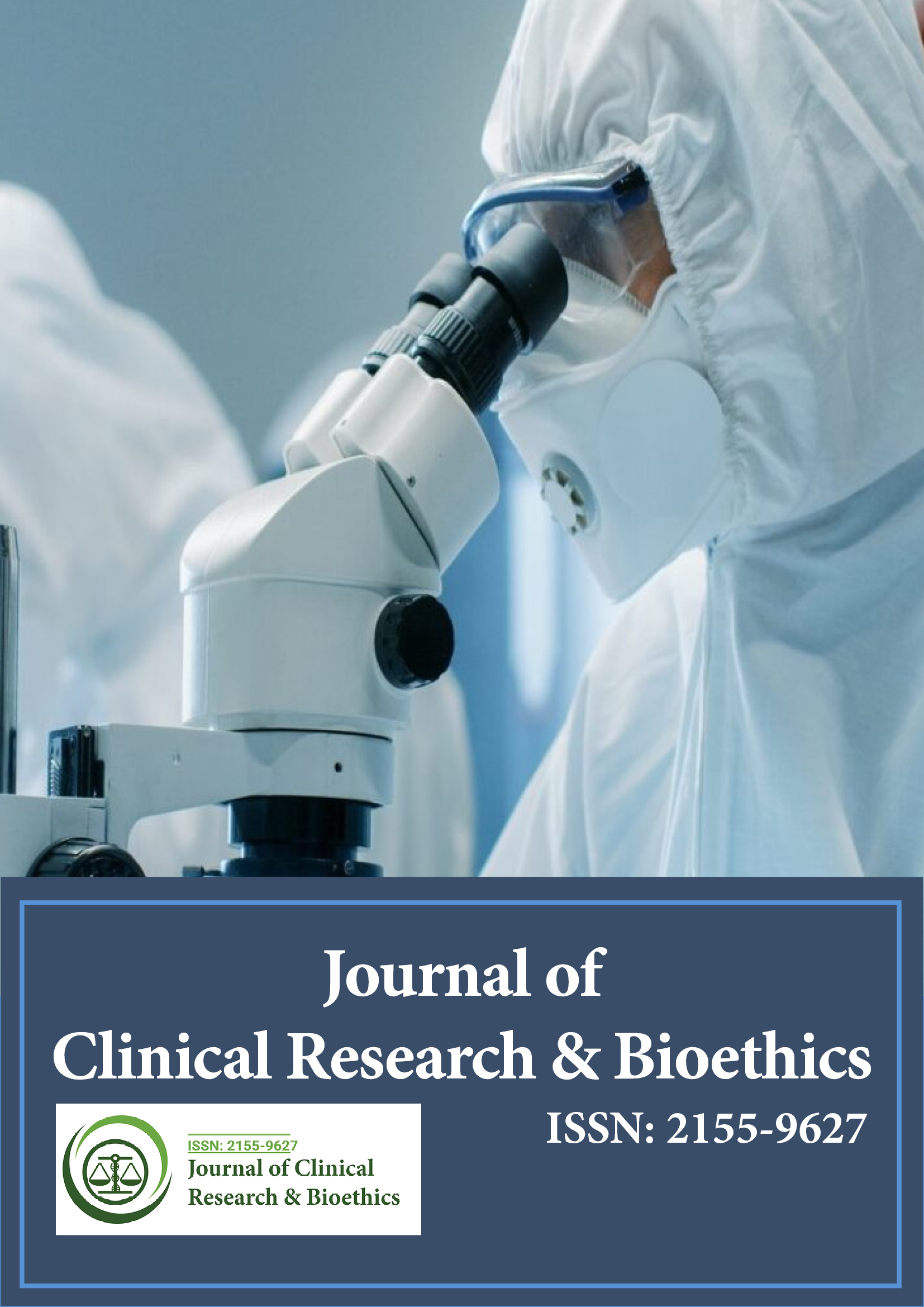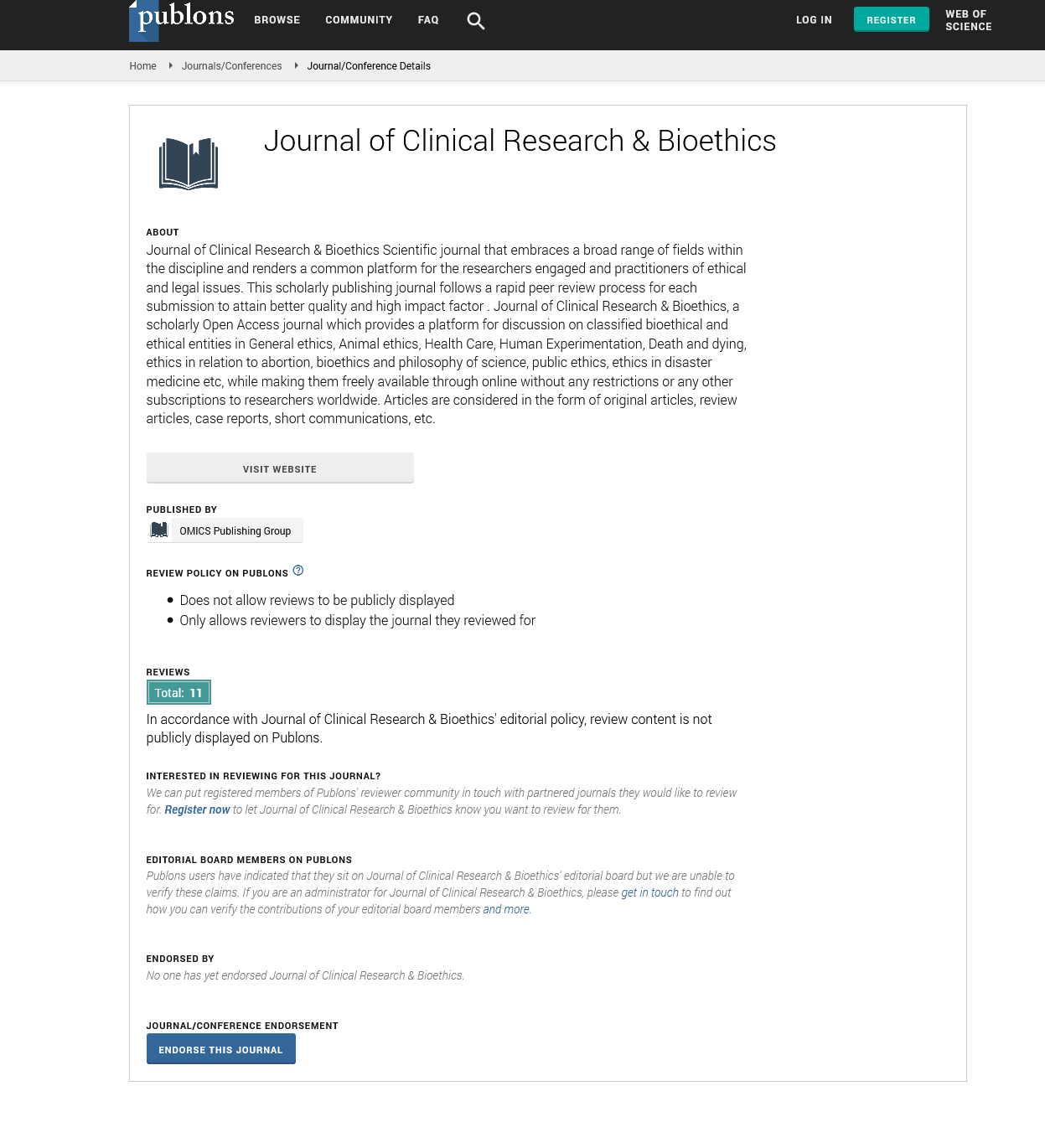Indexed In
- Open J Gate
- Genamics JournalSeek
- JournalTOCs
- RefSeek
- Hamdard University
- EBSCO A-Z
- OCLC- WorldCat
- Publons
- Geneva Foundation for Medical Education and Research
- Google Scholar
Useful Links
Share This Page
Journal Flyer

Open Access Journals
- Agri and Aquaculture
- Biochemistry
- Bioinformatics & Systems Biology
- Business & Management
- Chemistry
- Clinical Sciences
- Engineering
- Food & Nutrition
- General Science
- Genetics & Molecular Biology
- Immunology & Microbiology
- Medical Sciences
- Neuroscience & Psychology
- Nursing & Health Care
- Pharmaceutical Sciences
Commentary Article - (2024) Volume 0, Issue 0
Clinical Innovations in Treating Male Hypogonadism
Caixia Lin*Received: 24-Sep-2024, Manuscript No. JCRB-24-27704; Editor assigned: 26-Sep-2024, Pre QC No. JCRB-24-27704 (PQ); Reviewed: 10-Oct-2024, QC No. JCRB-24-27704; Revised: 16-Oct-2024, Manuscript No. JCRB-24-27704 (R); Published: 24-Oct-2024, DOI: 10.35248/2155-9627.24.S22.002
Description
Male hypogonadism is a condition characterized by inadequate production of testosterone, the primary male sex hormone or impaired function of the testes. This condition can result in a range of symptoms, including decreased libido, erectile dysfunction, fatigue, reduced muscle mass. Hypogonadism may be classified as primary (testicular failure), secondary (pituitary or hypothalamic dysfunction) or mixed. Over the past decade, clinical research has led to significant innovations in the diagnosis, treatment and management of male hypogonadism improving patient outcomes and quality of life. Accurate diagnosis of male hypogonadism is essential for effective management. Recent innovations in diagnostic protocols have emphasized the importance of multiple testosterone measurements due to diurnal variations in hormone levels. Morning testosterone testing remains the gold standard, but advances in hormone assays have improved accuracy, allowing for the detection of even subtle deficiencies.
Additionally, the use of more sensitive assays, such as Liquid Chromatography-Mass Spectrometry (LC-MS), has increased the precision of testosterone measurement. These tests have reduced variability in results and provided a more reliable basis for diagnosis. Furthermore, the integration of related hormones, including Luteinizing Hormone (LH) and Follicle-Stimulating Hormone (FSH), provides a clearer understanding of the underlying cause of hypogonadism. Testosterone Replacement Therapy (TRT) is used for treatment of male hypogonadism. Significant advancements have been made in the formulations and delivery methods of TRT, offering patients more options to meet their needs and preferences. Modern transdermal patches and gels allow for steady, consistent delivery of testosterone while minimizing the risk of peak-and-trough fluctuations. Longacting injectable testosterone formulations, such as testosterone undecanoate, offer the convenience of less frequent dosing, with injections administered every 10 to 14 weeks. Traditionally, oral testosterone was associated with hepatotoxicity. However, the development of testosterone undecanoate in oral form, which bypasses the liver through lymphatic absorption has provided a safer oral option. This formulation offers an alternative for patients who prefer not to use injections or topical treatments. Intranasal testosterone gel is a novel delivery method that provides rapid absorption through the nasal mucosa. It is administered multiple times per day, ensuring physiological levels of testosterone without the risks associated with other routes, such as skin transfer or liver toxicity.
Emerging treatments targeting the hypothalamic-pituitarygonadal axis have gained attention as alternatives or adjuncts to TRT, especially in cases of secondary hypogonadism. Drugs like clomiphene citrate are used to stimulate endogenous testosterone production by blocking estrogen receptors in the hypothalamus, leading to increased secretion of gonadotropins (LH and FSH). This approach is particularly beneficial in younger men desiring fertility preservation. Aromatase inhibitors such as anastrozole are used to decrease the conversion of testosterone to estrogen, thereby increasing circulating testosterone levels. This therapy is particularly useful in men with elevated estrogen levels and secondary hypogonadism. Effective management of hypogonadism requires regular checkup to optimize treatment and minimize risks. Innovations in patient monitoring include the use of Remote Patient Monitoring (RPM) systems that track testosterone levels, hematocrit and patient-reported outcomes in real-time. RPM systems improve adherence to treatment and enable timely adjustments in therapy. Additionally, a greater understanding of the potential risks associated with TRT, such as cardiovascular events, polycythemia and prostate health concerns, has led to the development of comprehensive safety guidelines. Recent research has shown that with appropriate monitoring and patient selection, TRT can be administered safely with minimal risk.
Citation: Lin C (2024). Clinical Innovations in Treating Male Hypogonadism. J Clin Res Bioeth. S22:002.
Copyright: © 2024 Lin C. This is an open-access article distributed under the terms of the Creative Commons Attribution License, which permits unrestricted use, distribution, and reproduction in any medium, provided the original author and source are credited.

